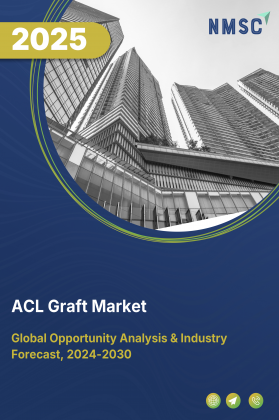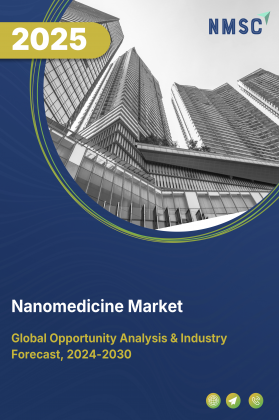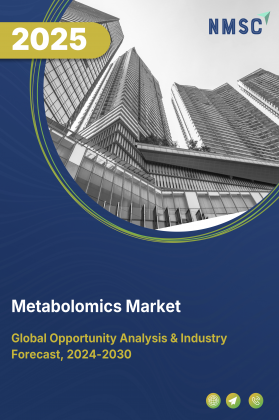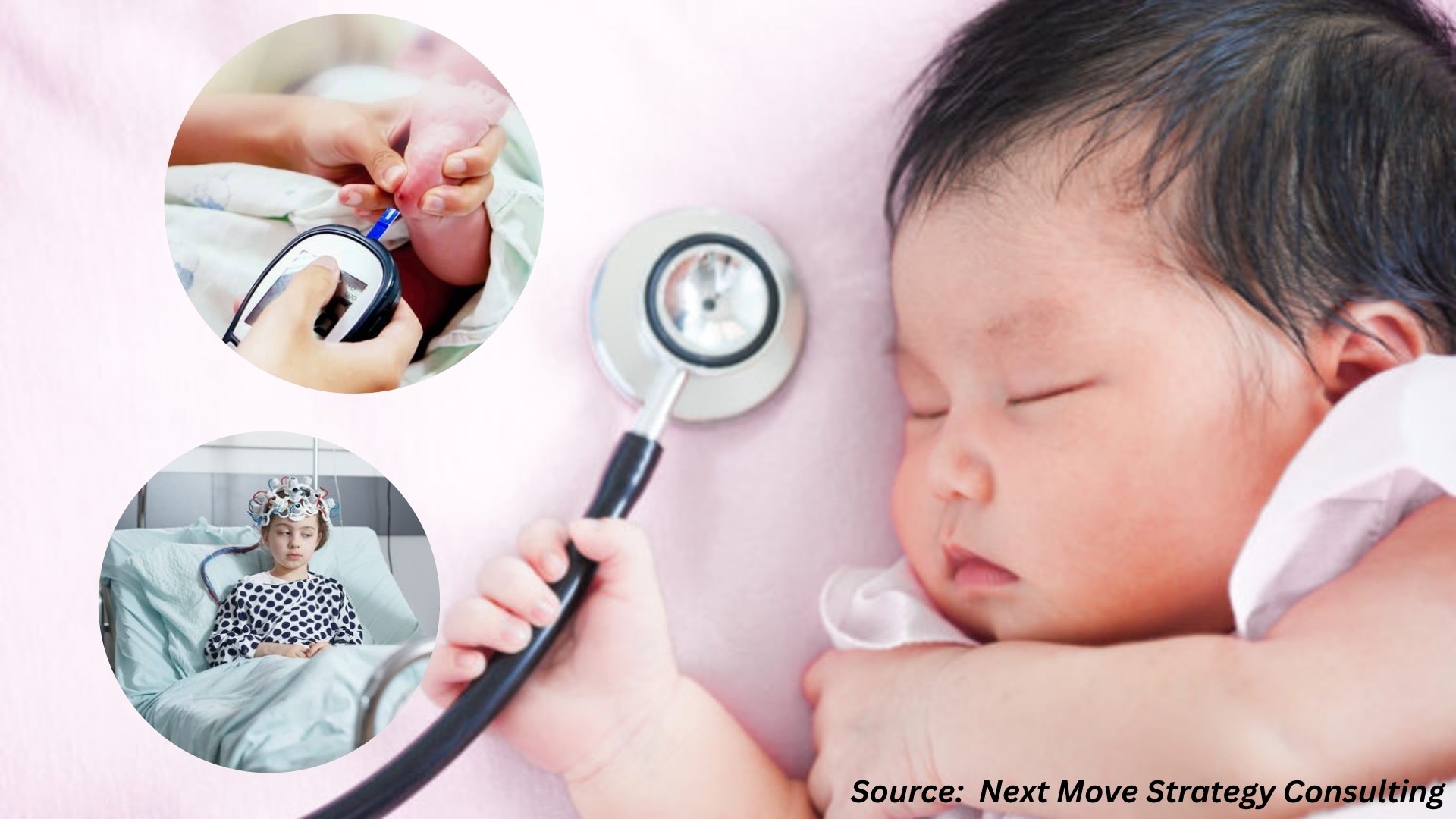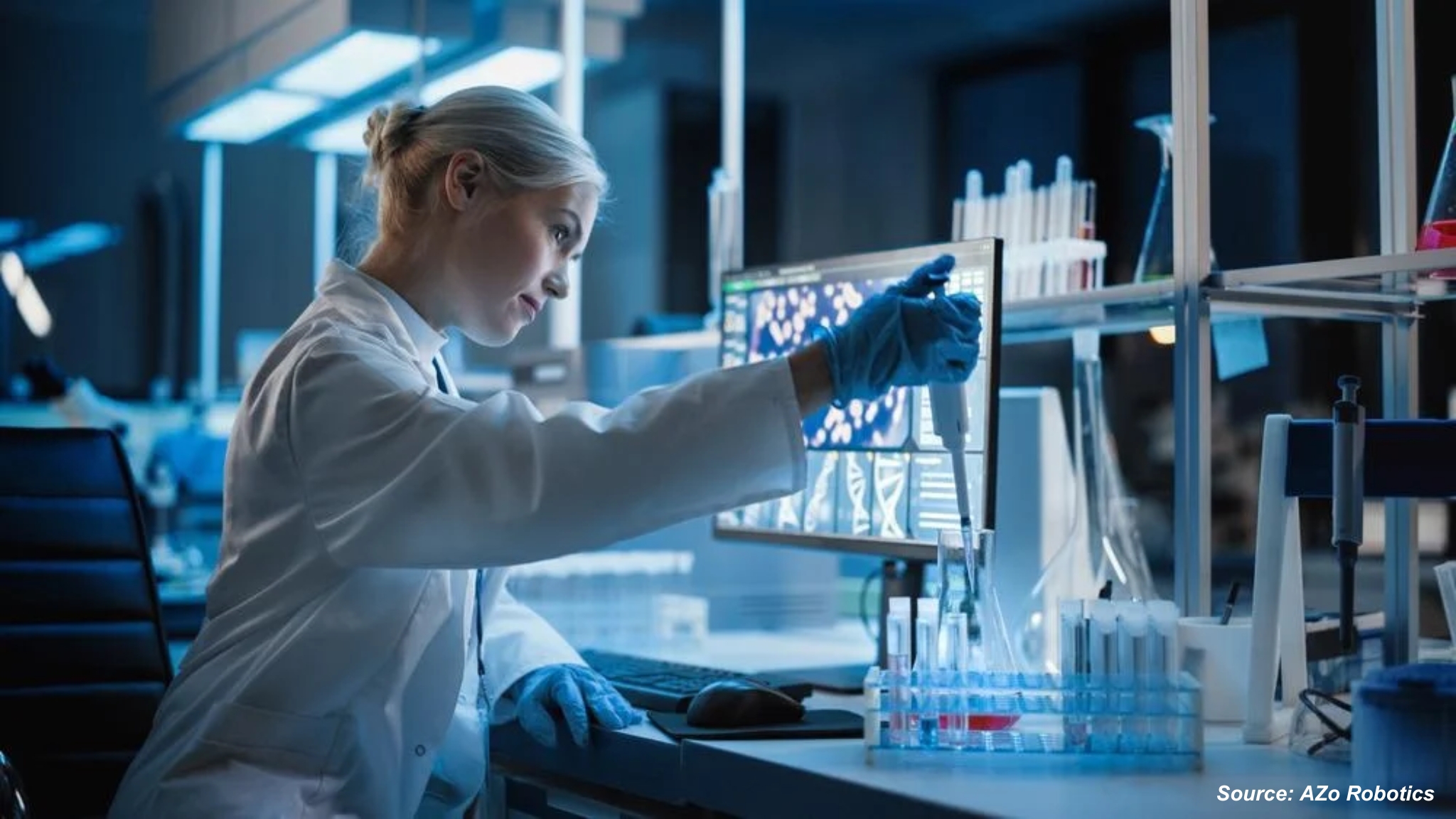
Denmark Early Toxicity Testing Market by Technique (In Vivo, In Vitro and In Silico), by Toxicity Endpoint (Genotoxicity, Dermal Toxicity, Skin Toxicity, Ocular Toxicity, Phototoxicity, and Others), and by End-User (Pharmaceutical Industry, Cosmetic Industry, Chemical Industry, Food Industry, and Others) – Opportunity Analysis and Industry Forecast, 2025–2030
Industry: Healthcare | Publish Date: 02-Jun-2025 | No of Pages: 147 | No. of Tables: 112 | No. of Figures: 57 | Format: PDF | Report Code : HC738
Industry Overview
The Denmark Early Toxicity Testing Market size was valued at USD 27.0 million in 2024, and is predicted to reach USD 66.6 million by 2030, at a CAGR of 16.2% from 2025 to 2030. The factors such as the expansion of the cosmetic industry along with increasingly robust healthcare system accelerate the market growth. However, regulatory testing barriers pose a significant challenge to the growth of the global early toxicity testing market.
On the contrary, the emergence of new technologies offers promising future opportunities for market growth by improving the accuracy and dependability of toxicity testing results, which is expected to enhance the market expansion in the forthcoming years. Moreover, the key players such as Merck KGaA, Medpace, Thermo Fisher Scientific, Eurofins Scientific, PerkinElmer, and others are taking various initiatives such as product launches and collaboration across various countries and regions to maintain their competitive position in the sector.
These initiatives are expected to drive the adoption of the early toxicity testing market, enabling quicker identification of safety issues. With advancements in 3D cell culture, the scope of clinical trial risks reduces, ensuring product safety and regulatory compliance while offering benefits such as reduced late-stage risks, cost reductions, and fewer ethical concerns due to non-animal testing methods, ultimately accelerating the market for further growth.
Expansion of the Cosmetic Industry Fuels the Denmark Early Toxicity Testing Market Growth
The expansion of the beauty and cosmetic industry in Denmark is a major driver of the early toxicity testing market. Rising beauty trends across the country increase the demand for innovative cosmetic formulations and toxin-free ingredients that are safe for regular use. According to a report from the European Commission, the EU Chemicals Strategy for Sustainability has revised the Cosmetic Products Regulation, with increased emphasis on early toxicity testing to ensure consumer safety and sustainability. The growing focus on producing safe and sustainable cosmetic products drives investment in advanced testing methods, ultimately fueling the growth of the early toxicity testing market.
Increasing Robust Healthcare System of Denmark Drives Market Growth
The advancement of Denmark’s healthcare infrastructure plays a crucial role in supporting the market growth. Investments are being directed toward the development of new drugs and therapies with a strong focus on preventive healthcare and early disease intervention. According to the International Trade Administration, Denmark’s healthcare and medical technology sector was valued at USD 10 billion in 2022, highlighting the country’s dedication to medical innovation. This commitment to safer and more effective drug development increases the need for reliable early toxicity testing methods to reduce risks, optimize development timelines, and improve overall drug safety, thereby propelling market growth.
Regulatory Testing Barriers Hinder the Denmark Early Toxicity Testing Market Expansion
Regulatory requirements from authorities such as the European Medicines Agency create barriers that hinder the growth of the early toxicity testing market in Denmark. These agencies enforce stringent protocols to ensure the safety and efficacy of new drugs and technologies. However, these detailed and lengthy regulatory testing procedures extend approval timelines, slowing the introduction of innovative medical solutions. As a result, the drug development process becomes more complex and time-consuming, which restricts the pace of market expansion.
Emergence of New Technologies is Expected to Create Future Opportunities
The emergence of advanced technologies, including 3D cell culture-based in vitro testing, is expected to unlock future opportunities for the Denmark early toxicity testing market trends. These models provide a more accurate representation of human tissue complexity compared to conventional 2D models, allowing for improved prediction of toxic effects. By enabling better simulation of human physiological conditions, 3D cell cultures enhance the dependability of early toxicity assessments. This technological progress reduces clinical trial risks, supports safer drug development, and is projected to drive the industry growth in the coming years.
Competitive Landscape
The promising players operating in the Denmark early toxicity testing industry include Merck KGaA, Medpace, Thermo Fisher Scientific, Eurofins Scientific, PerkinElmer, Inc., Bio-Rad Laboratories, Inc., Agilent Technologies, Inc., Gubra, Bruker Corporation, Novo Nordisk A/S, Linical Co. Meditrial, BioStata, BioAdvice, ExpreS2ion Biotechnologies, and others.
Denmark Early Toxicity Testing Market Key Segments
By Technique
-
In Vivo
-
In Vitro
-
Cell Culture
-
PCR
-
ELISA
-
Western Blotting
-
Protein Binding Assays
-
-
In Silico
By Toxicity Endpoint
-
Genotoxicity
-
Dermal Toxicity
-
Skin Toxicity
-
Ocular Toxicity
-
Phototoxicity
-
Others
By End-User
-
Pharmaceutical Industry
-
Cosmetic Industry
-
Chemical Industry
-
Food Industry
-
Others
Key Players
-
Merck KGaA
-
Eurofins Scientific
-
PerkinElmer, Inc.
-
Bio-Rad Laboratories, Inc.
-
Agilent Technologies, Inc.
-
Gubra
-
Bruker Corporation
-
Novo Nordisk A/S
-
Linical Co. Meditrial
-
BioStata
-
BioAdvice
-
Evotec A.G.
-
ExpreS2ion Biotechnologies
REPORT SCOPE AND SEGMENTATION:
|
Parameters |
Details |
|
Market Size Value in 2024 |
USD 27.0 million |
|
Revenue Forecast in 2030 |
USD 66.6 million |
|
Value Growth Rate |
CAGR of 16.2% from 2025 to 2030 |
|
Analysis Period |
2024–2030 |
|
Base Year Considered |
2024 |
|
Forecast Period |
2025–2030 |
|
Market Size Estimation |
Million (USD) |
|
Growth Factors |
|
|
Companies Profiled |
15 |
|
Market Share |
Available for 10 companies |
|
Customization Scope |
Free customization (equivalent to up to 80 working hours of analysts) after purchase. Addition or alteration to country, regional, and segment scope. |
|
Pricing and Purchase Options |
Avail customized purchase options to meet your exact research needs. |




















 Speak to Our Analyst
Speak to Our Analyst



